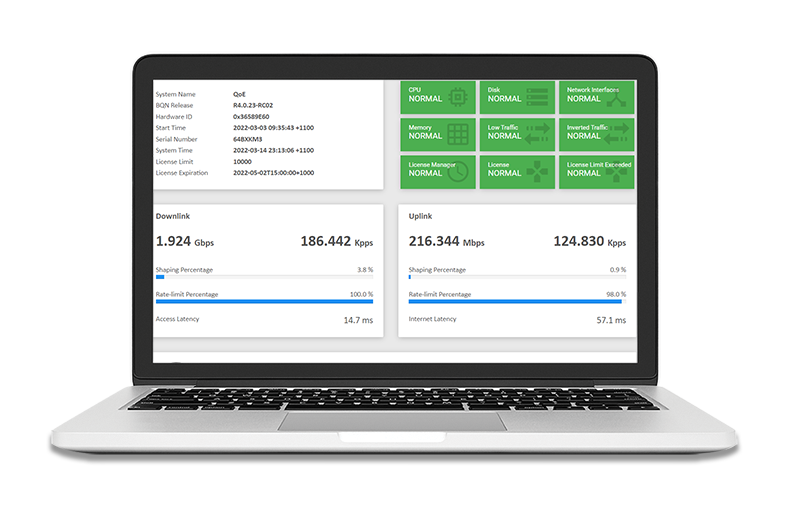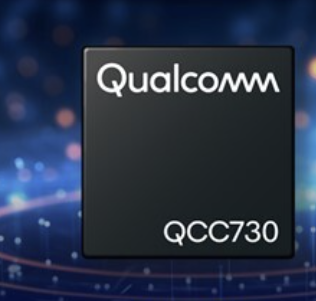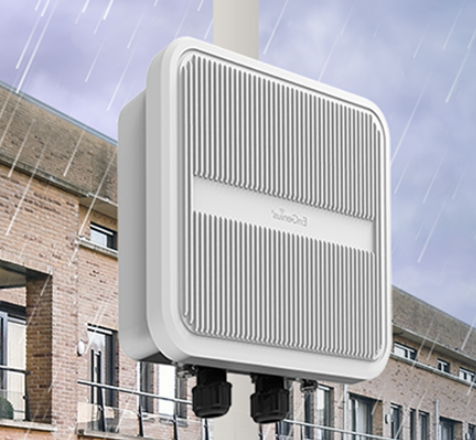 By Claus Hetting, Wi-Fi NOW CEO & Chairman
By Claus Hetting, Wi-Fi NOW CEO & Chairman
Cambium Networks introduces QoE (TCP) optimisation for wireless ISPs
 This week Cambium Networks – a Wi-Fi NOW Partner – introduced a new solution offering improved Internet access service quality over wireless networks including Wi-Fi. The new QoE solution is aimed at service providers and uses TCP acceleration and application shaping to improve the quality of the end-user connectivity experience. The solution also includes rate limiting (bandwidth control), DoS attack detection, application insight analytics, and more, Cambium Networks says in their press release here.
This week Cambium Networks – a Wi-Fi NOW Partner – introduced a new solution offering improved Internet access service quality over wireless networks including Wi-Fi. The new QoE solution is aimed at service providers and uses TCP acceleration and application shaping to improve the quality of the end-user connectivity experience. The solution also includes rate limiting (bandwidth control), DoS attack detection, application insight analytics, and more, Cambium Networks says in their press release here.
Cambium says the solution reduces the number of support calls while allowing wireless ISPs to benefit from creating various end-user connectivity service levels with corresponding price points. For more see Cambium’s QoE solution page here and also – for more detailed information – check out the page of QoE tech vendor Bequant here. Bequant is providing the technology behind the new Cambium Networks QoE product, which now integrates seamlessly with the full Cambium Networks solution portfolio including Cambium’s ‘cnMaestro’ Cloud-based network monitoring and management platform.
Australia releases 6 GHz spectrum to Wi-Fi, Japan releases draft 6 GHz decision
On March 3 Australia announced new regulation allowing Wi-Fi to operate in the 5925-6425 MHz band and thus Australia joins the growing list of countries adopting 6 GHz as a new operating band for Wi-Fi (see the Wi-Fi Alliance’s 6 GHz tracker here). The new legislation allows devices to use the lower 6 GHz band for unlicensed indoor low power (ILP) operation as well as for both indoor and outdoor very low power (VLP) operation – see the regulatory document here.
This means that – at least for now – Australia joins the EU in selecting only the lower part of the 6 GHz band for Wi-Fi although recently published consultation documents from Australian regulator ACMA indicate that standard power Wi-Fi and upper 6 GHz band Wi-Fi are still very much on the table for future consideration – see the ACMA document here.
Meanwhile Japan’s regulator MIC has released a draft decision nearly identical to that of Australia’s regulator. Japan says it will permit VLP and ILP Wi-Fi operation in the 5925-6425 MHz band. MIC says it intends to further study standard power Wi-Fi under AFC control for the lower 6 GHz band while WLAN coexistence for the upper 6 GHz band will also be studied. See the MIC document here.
Technicolor delivers Wi-Fi 6 ‘hybrid modem’ to Australia’s Telstra
 Technicolor Connected Home announced yesterday that the company has now entered into a partnership – we assume this means into a customer relationship – with Australia’s leading telco Telstra to deliver ‘hybrid modem’ CPEs capable of connecting to Australia’s National Broadband Network (NBN) infrastructure. The new modem has been dubbed ‘Smart Modem 3’ by Telstra and will deliver Wi-Fi 6 to ‘the furthest corners’ of Australian homes, Telstra says in the Technicolor press release here. ‘Hybrid’ in this case means that the modem incorporates 4G services (including a SIM) as a backup backhaul connectivity solution to and from the home should fixed services be disrupted.
Technicolor Connected Home announced yesterday that the company has now entered into a partnership – we assume this means into a customer relationship – with Australia’s leading telco Telstra to deliver ‘hybrid modem’ CPEs capable of connecting to Australia’s National Broadband Network (NBN) infrastructure. The new modem has been dubbed ‘Smart Modem 3’ by Telstra and will deliver Wi-Fi 6 to ‘the furthest corners’ of Australian homes, Telstra says in the Technicolor press release here. ‘Hybrid’ in this case means that the modem incorporates 4G services (including a SIM) as a backup backhaul connectivity solution to and from the home should fixed services be disrupted.
/Claus.









